Your cart is currently empty!
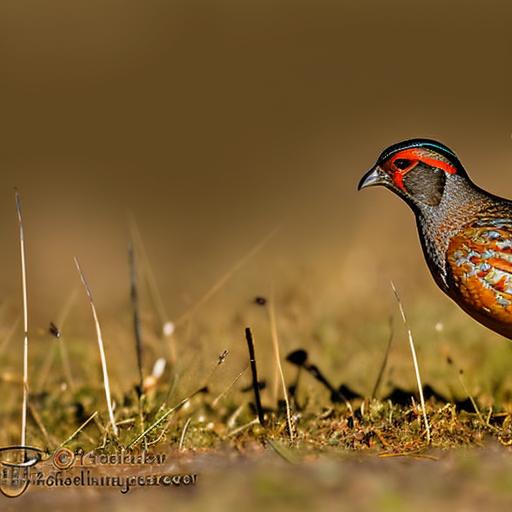
From Sunrise to Sunset: Pinpointing the Best Time to Hunt Quail

Table of Contents
Introduction
Ah, the joy of hunting quail! If you’ve ever ventured out into the upland fields or woods with the hope of bagging a few of these agile birds, you know it’s not as simple as it might seem. Timing, my fellow hunters, can be everything. Just as you wouldn’t show up to a party three hours early or late, understanding the “when” of the hunt is crucial. The best time to hunt quail can dramatically shift your chances from coming home with empty hands to having a satisfying day in the wild. Over my many years chasing these feisty birds across varied terrains, I’ve noticed clear patterns. Quail, much like us, have their daily routines, and tapping into this knowledge can be the ace up your sleeve. So, whether you’re a newbie with a fresh hunting license or an old-timer looking to refine your approach, let’s delve into pinpointing that elusive best time to hunt quail. Trust me; this knowledge is game-changing (pun intended).
Understanding Quail Behavior Throughout the Day
Quail’s Dawn Routines: On the Move at First Light
Sunrise has a certain magic, especially for the quail hunter. As the first light kisses the ground, quails begin their dance. It’s at this hour that these birds are the most active, foraging and socializing in coveys. The cool temperature of dawn gives them the right environment to move without overheating. They’re out searching for breakfast, primarily seeds and insects, making them more predictable and, thus, easier to locate. As an experienced small game hunter, I can’t emphasize enough how golden these early hours are. The morning ambiance, combined with the bird’s predictable behavior, creates the perfect hunting moment.
Midday Habits: The Elusive Quail in Peak Sun
Come midday, and things get a tad more complicated. Ever wondered why quails become the ninjas of the wild during this time? Simple: survival. The scorching sun is not only your enemy but also theirs. Quails, in an attempt to conserve energy and protect themselves from predators, will retreat to shaded areas, often nestled under bushes or in dense cover. This natural behavior is their version of a siesta, and I’ll be honest; it’s pretty effective. While it’s possible to hunt them during these peak sunshine hours, it requires a bit more strategy and patience. Be prepared to do a little more legwork – quietly, of course – as you try to flush them from their hiding spots.
Evening Behavior: Nightfall Prep
As the sun begins its descent and temperatures drop, quails become active once again. However, it’s a slightly different ballgame now. They aren’t just out for food, but they’re prepping for nighttime. This involves finding a safe spot to hunker down, away from nocturnal predators. Observing quails during this period is a treat; they often call out, regrouping and communicating to ensure the safety of the covey. It’s also an ideal time to hunt as they are momentarily vulnerable during these movements. But remember, with the dwindling light, you’ll need to trust your instincts and experiences more than ever.
Throughout the day, quails showcase a pattern, a rhythm that every hunter can tune into. And once you grasp this rhythm, you’re not just hunting; you’re dancing in tandem with nature.
Sunrise Hunting – The Early Bird Advantage
Advantages of Early Morning Hunts
There’s an old saying among us small game enthusiasts, “catch the quail at dawn, and you’ll never be drawn.” Okay, I may have just made that up, but its sentiment is age-old and rings true. Let’s break down why these early morning hours offer a prime advantage:
The Activity of Quail During the Cool Morning
You see, quails are a bit like us when it comes to disliking the afternoon heat. As the morning sun begins to warm the earth, these birds spring into action. The cool, comfortable temperatures of dawn prompt them to forage, socialize, and roam more freely, making them easier to spot and approach. So, when someone asks me about the best time to hunt quail, I can’t help but nod to the early riser’s advantage.
Natural Light Benefits for the Hunter
Nothing quite compares to the soft, golden light of dawn. Besides being downright gorgeous, this early morning light offers a clarity that’s unparalleled. Shadows are elongated, allowing for easier spotting of movement, and the mellow tones mean reduced glare on your optics. The result? A clearer, more defined view of your feathery target, making your aim that much more accurate.
How the Environment (Like Dew) Can Aid in Tracking
Have you ever noticed the morning dew shimmering on the grass? It’s not just a beautiful sight but also a tracker’s best friend. Dew outlines the paths taken by animals, including our elusive quail. As these birds move through the wet grass, they leave a trail, revealing their direction and offering a hint about their recent activity. For a seasoned hunter, reading these signs is akin to having a conversation with nature itself, guiding your steps and decisions.
Tips for Leveraging Sunrise Hours: From Spotting to Shooting
- Dress Appropriately: The mornings can be chilly, so layer up. But ensure ease of movement – quails are swift!
- Stay Downwind: Quails have a keen sense of smell. Always position yourself downwind to keep your scent from alerting them.
- Listen: The morning is filled with nature’s symphony. Tune into the calls and sounds of quail to gauge their direction and distance.
- Patience Pays: Often, it’s about waiting for the right moment. Settle in, observe, and when the time’s right, take a clean shot.
Sunrise hunting isn’t just about the game; it’s about immersing yourself in the beauty and rhythm of nature. And when done right, it’s a dance that rewards both in the thrill of the chase and the bounty of the hunt.
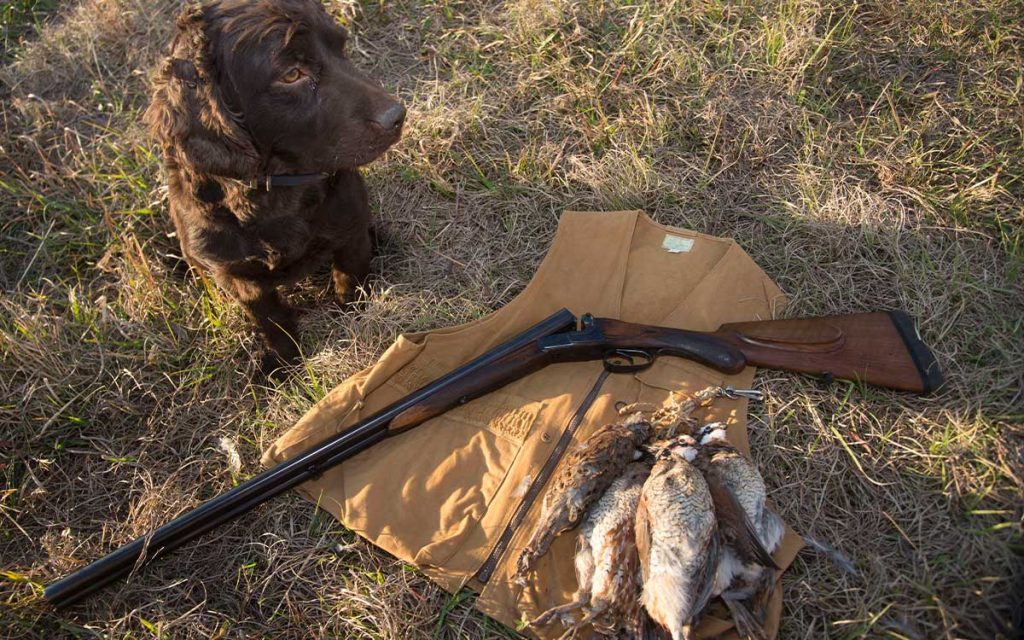
Afternoon Lull – Is It Worth Your Time?
Ah, the afternoon – that time of day when shadows lengthen and everything seems to take a deep breath. If you’ve ever been out in the fields during these hours, you might’ve noticed a distinct drop in quail activity. Let’s dive into the reasons and decide whether the afternoon offers a hidden opportunity or if it’s merely a time to rest your feet.
Reasons Behind the Decreased Visibility of Quail Post-Morning
Just like many creatures of the wild – humans included – quails aren’t too fond of the high-noon sun. The direct sunlight and rising temperatures make for an environment that’s not only uncomfortable but also risky for them. To avoid predators that are more active during these hours and to conserve energy, quails tend to lay low. This, my fellow hunters, is the primary reason why spotting a quail post-morning becomes akin to finding a needle in a haystack.
Potential Spots Where Quails Might Take Refuge
Now, if you’re adamant about pursuing quails in the afternoon, it helps to know where they’re most likely to be. Think like a quail! These birds typically seek:
- Underbrush and Thickets: Dense vegetation offers shade and a perfect hiding spot.
- Base of Trees or Shrubs: Trees provide overhead cover, keeping them safe from airborne predators.
- Near Water Sources: Just like us, quails need to hydrate, especially when it’s hot. Proximity to a water source provides them with both drink and a cool environment.
Strategies if You Must Hunt During These Hours
All right, for the brave souls willing to challenge the afternoon lull, here are some seasoned tips:
- Step Lightly and Quietly: The afternoon silence is profound. Every rustle or misplaced step can alert quails of your presence. Opt for soft-soled shoes and move slowly.
- Use a Quail Call: While overusing it can be counterproductive, a well-timed quail call can sometimes coax a response, giving away their location.
- Employ a Trained Dog: If you have a bird dog, this is their time to shine. Their keen sense of smell can lead you directly to where the quails are huddled.
- The Element of Surprise: Techniques like gently tapping or rustling the bushes can flush out quail. But be ready; their exit can be swift and sudden!
Though the afternoon presents its set of challenges, it’s not entirely a lost cause. With the right approach, patience, and a bit of luck, the “lull” can still yield a rewarding hunt. And if not, it’s a great time to appreciate the serenity of the outdoors, prepping you for the next prime hunting hour.
Dusk Approaches – The Second Golden Hour
Just as daybreak offers a flurry of activity, the approach of dusk paints a similar picture but with its own set of colors. If the morning has slipped through your fingers or you’re just an evening person, the time just before sunset provides yet another prime opportunity to engage in quail hunting. So, let’s dive into the nuances of the twilight hunt.
Why the Period Just Before Sunset is Prime Time for Quail Hunting
As the shadows lengthen and the world prepares to rest, quails get a second wind. The cooling temperatures mimic the conditions of dawn, prompting these birds to venture out again. This is their time to feed, socialize, and prepare for the night. Not to mention, they’re a little more predictable as they return to known roosting spots. For the hunter, this means another window of opportunity, where the behavior of the quail is more readable, making them easier to track and approach.
Techniques Specific to Evening Hunts: Setting Up, Spotting, and Shooting
- Know Their Roosting Spots: If you’ve done your homework or have been observant during previous hunts, you’ll know where quails like to settle for the night. Setting up near these spots can give you a significant advantage.
- Use the Shadows: As the sun dips, shadows grow longer. Position yourself so that you’re masked by them, keeping you concealed from the watchful eyes of the quail.
- Tune Your Ears: Evening often brings about a crescendo of quail calls. These vocalizations can guide you to their exact location.
- Steady Your Shot: With the fading light, ensuring a clean shot is crucial. Take an extra moment to aim, factor in the lower light conditions, and trust your instincts.
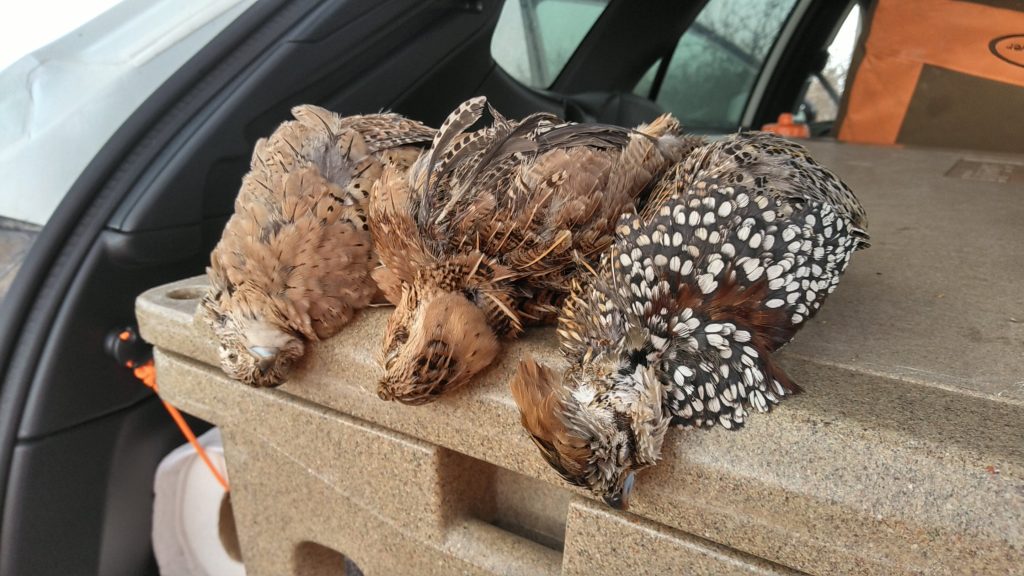
Comparing Dusk and Dawn Hunting – Pros and Cons
- Dawn Hunting:
- Pros: Start of a new day, birds are fresh and haven’t been disturbed. Morning light can be clearer and sharper for spotting.
- Cons: Waking up early isn’t everyone’s cup of tea. Morning moisture or dew can sometimes make terrain slippery.
- Dusk Hunting:
- Pros: Birds are predictable as they return to roost. Evening offers a calmer environment, and for some, it aligns better with their personal rhythm.
- Cons: Light fades fast, giving you a smaller window to work with. Also, nocturnal predators might become active, which can be both a challenge and a safety concern.
The song of the quail, the hue of the sky, and the thrill of the hunt – both dawn and dusk serve as bookmarks to the hunter’s tale. Each has its merits, and the best choice often boils down to personal preference. As long as you’re tuned into nature’s rhythm, either hour can gift you with the prize of a successful quail hunt.
Related Questions
How does weather influence the best time to hunt quail?
Weather plays a pivotal role in quail activity. On cool, overcast days, quails are more likely to be active throughout the day, giving hunters an extended window of opportunity. On the flip side, hot or excessively windy conditions often see these birds taking refuge in shady, sheltered areas, making them trickier to spot. After a rainfall? That’s prime time! The wet grounds make food sources like worms more accessible, drawing quails out in search of a feast.
What equipment modifications might be necessary for different times of day?
Dawn and dusk hunting require keen optics due to the softer lighting. A scope with a larger objective lens is beneficial as it allows more light, ensuring a clearer view. For those early risers, moisture-proof boots can help navigate the dew-laden terrain. Evening hunters, on the other hand, might want to pack a headlamp or flashlight for post-sunset gear packing and navigation. Regardless of time, always adjust your camouflage to match the changing light conditions.
How do different seasons affect quail activity and hunting success?
Seasonal shifts significantly influence quail behavior. Spring sees quails becoming more vocal and active as it’s their breeding season. Summer, with its heat, often leads to reduced daytime activity, pushing the birds to be more active during cooler mornings and evenings. Come fall, quails form larger coveys, making them both easier to spot and more challenging to approach. Winters can be unpredictable; while colder days might see them huddled for warmth, a warm winter day could turn out to be an unexpected boon for hunters.
Are there specific calls or sounds more effective at certain times of the day?
Absolutely! Dawn is often met with “wake-up calls” as quails begin their day. Using softer, more subtle calls during this time can mimic their natural chatter. As the day progresses, a series of more aggressive assembly calls can be used, especially if you suspect a covey is nearby. Come evening, as quails prepare to roost, they engage in a series of locator calls. Mimicking these can be quite effective in drawing them out or locating a covey preparing to settle for the night.
Summary
As we wind down our journey through the quail’s day, it’s clear that understanding their habits, quirks, and routines is paramount. Whether you’re taking advantage of the early morning’s serene beauty or harnessing the opportunities that the evening offers, knowing the best time to hunt quail is a blend of science, experience, and a touch of intuition. Every outing is a lesson, and while the recommendations here are based on seasoned insights, remember that nature always has a surprise or two in store. It’s the unexpected moments that often make hunting so rewarding. So, armed with this newfound knowledge, the next time you’re out in the field, you’ll have an edge. But also, cherish every experience, every moment, and every hunt. Here’s to more sunrise successes and sunset stories, all in the pursuit of that perfect moment – the best time to hunt quail. Cheers, and happy hunting!

Herb has been a longtime lover of the outdoors. Whether it be hunting, camping, fishing or just getting outside to reset. Proud father and animal lover. Bourbon anyone?

by
Comments
One response to “From Sunrise to Sunset: Pinpointing the Best Time to Hunt Quail”
-
[…] on the Old Oak Syndicate website that provides valuable insights into the best time to hunt quail: https://oldoaksyndicate.com/best-time-to-hunt-quail/. Happy […]

Categories
- Big Game Hunting (301)
- Deer (202)
- Reviews (3)
- Shooting (16)
- Slingshot (1)
- Small Game Hunting (42)
- Upland Hunting (126)
- Waterfowl Hunting (3)

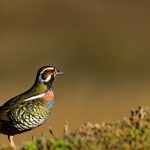
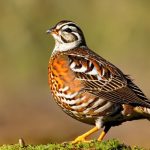
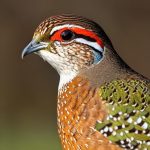
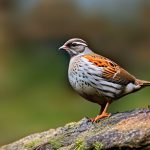
Leave a Reply